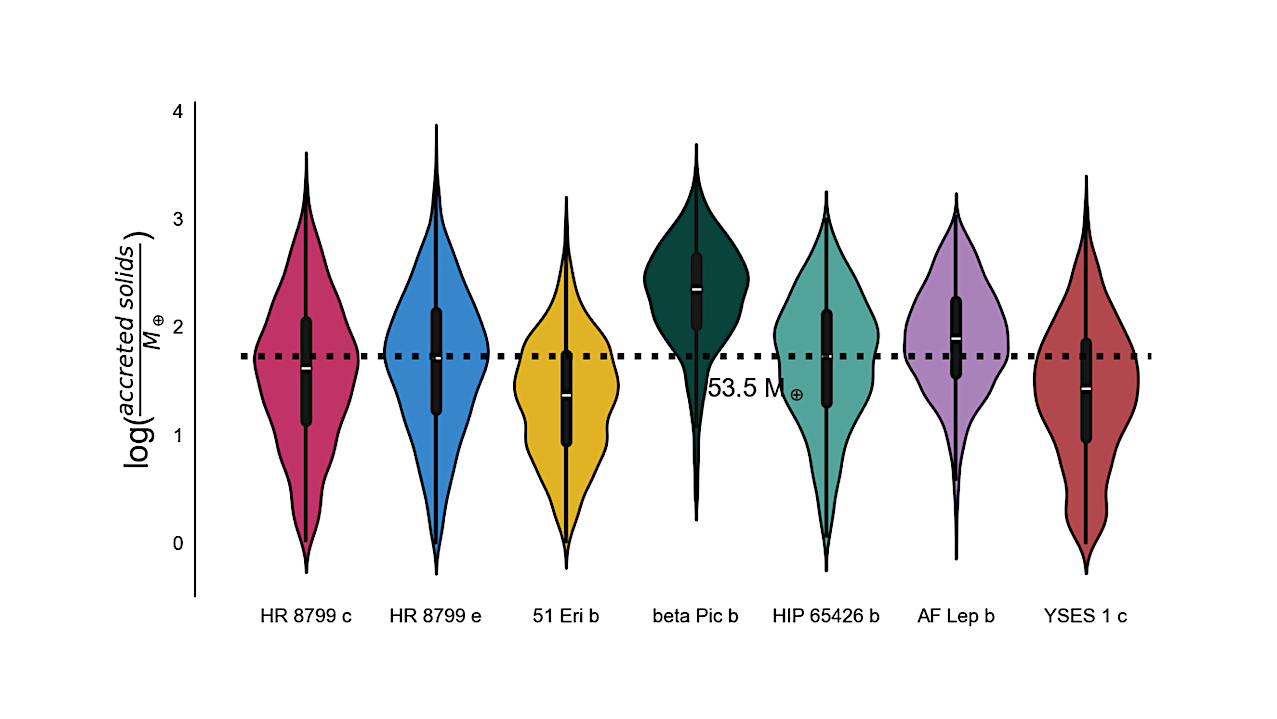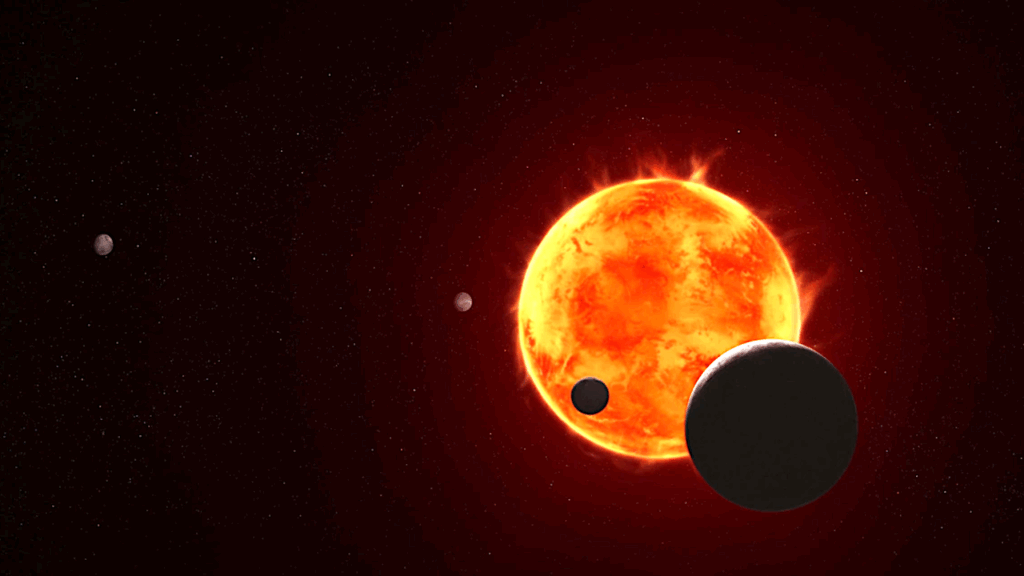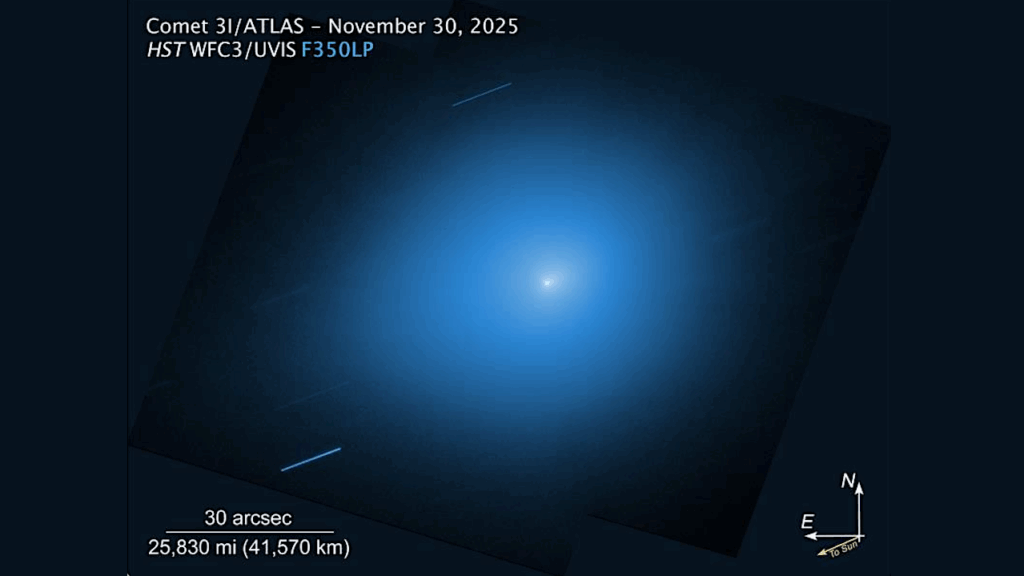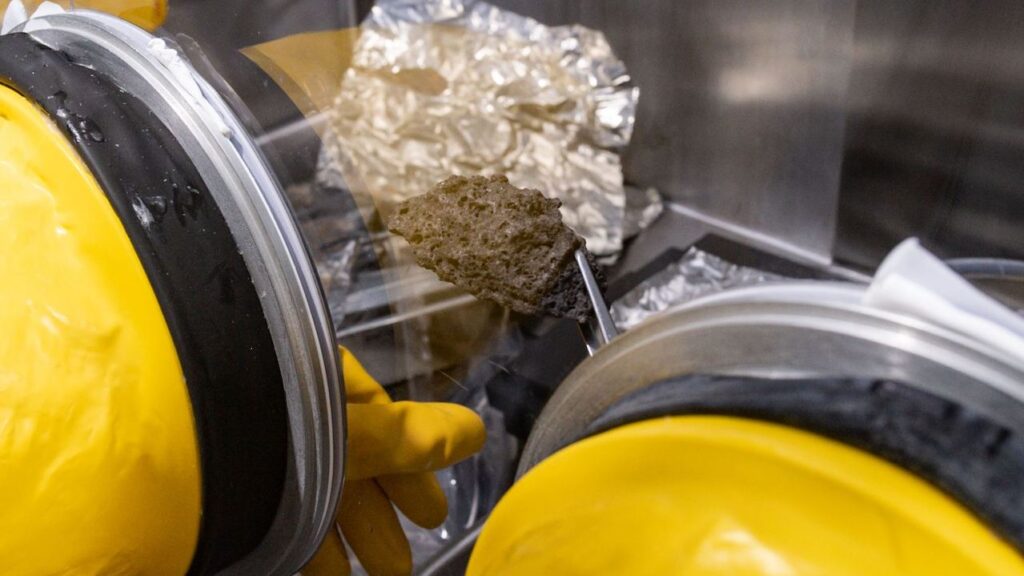Early Accretion of Large Amounts of Solids for Directly-Imaged Exoplanets

As the number of planetary mass objects (PMOs, ⪅13 MJupiter) at wider separation (⪆10 AU) grows, there is emerging evidence that they form differently from their higher-mass brown-dwarf (BD) counterparts.
Specifically, PMOs’ atmospheres are often enriched by metals and show a large dispersion of metallicity, which is usually interpreted as a sign of solid accretion. As a first step toward a population-level study of the amount and timing of solid accretion, we analyze a sample of seven directly-imaged exoplanets with measured stellar and planetary chemical abundances (51 Eri b, β Pic b, HIP 65426 b, HR 8799 c and e, AF Lep b, and YSES 1 c).
Our analysis uses existing data of stellar and planetary atmospheric metallicities, and adopts a Bayesian framework that marginalizes the probabilities of disk conditions, formation locations, planetary interior structures, and accretion physics. We show that these PMOs accrete large amounts of solids regardless of whether they form via core accretion or disk instability.
On average ⪆50 M⊕ solids are accreted to enrich planet atmospheres. Individual planet accretes between 23.3 and 223.2 M⊕ of solid mass, more than 75% of which is assumed to stay in the atmosphere and increase the observed metallicity. The result implies that the solid accretion process and therefore the planet formation process likely take place at an early stage (⪅2 Myr) when large amounts of solids are available in young massive protoplanetary disks.
Ji Wang (OSU)
Comments: accepted to AAS Journals. Significant revision from the previous version
Subjects: Earth and Planetary Astrophysics (astro-ph.EP); Solar and Stellar Astrophysics (astro-ph.SR)
Cite as: arXiv:2310.00088 [astro-ph.EP](or arXiv:2310.00088v2 [astro-ph.EP] for this version)
https://doi.org/10.48550/arXiv.2310.00088
Focus to learn more
Submission history
From: Ji Wang
[v1] Fri, 29 Sep 2023 18:56:39 UTC (2,641 KB)
[v2] Thu, 6 Feb 2025 18:59:41 UTC (1,946 KB)
https://arxiv.org/abs/2310.00088
Astrobiology,








